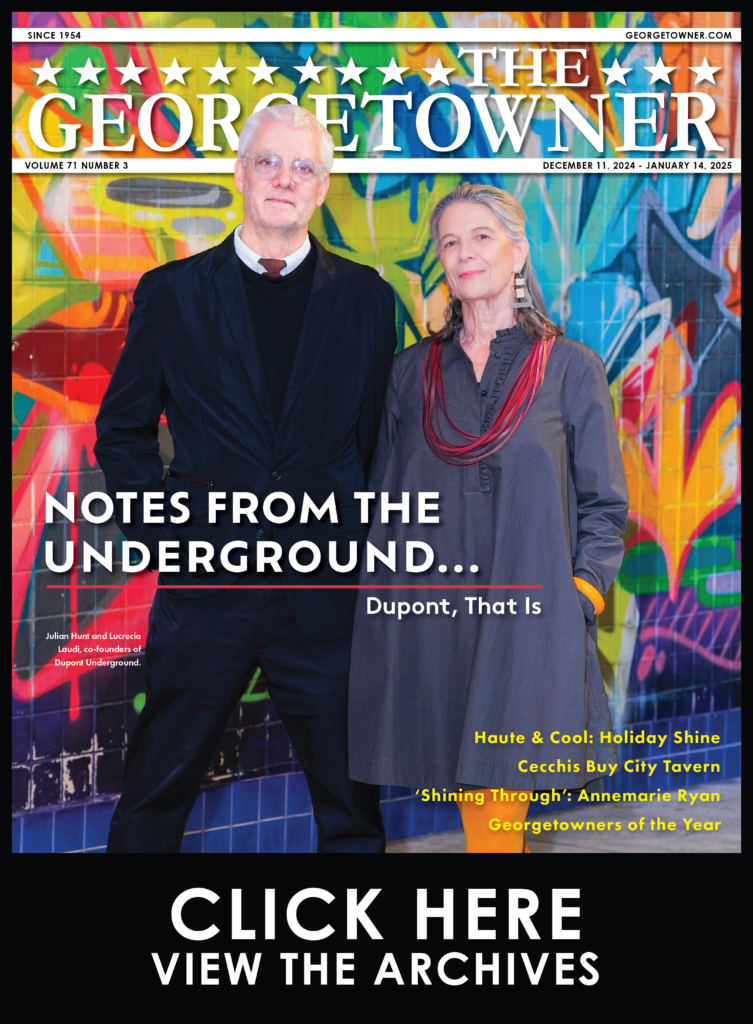The ruling military junta changed this country’s name from Burma to Myanmar in 1989, a year after thousands were killed in the suppression of a popular uprising. The capital, Rangoon, became Yangon. The changes were recognized by the United Nations but not by the United States or the U.K.
Call it what you will, the word for the country’s tourism sector at the moment is: Boom!
For years, it was considered one of the world’s most secretive countries. Even for globe-trotters, it was a rare destination, also due to an opposition-inspired tourism boycott that began in the 1990s. But everything changed in 2010, when the party of democracy leader Aung San Suu Kyi removed the ban and welcomed foreign tourists. Military rule ended in 2011.
Since then, tourism has skyrocketed, hotels have sprouted up like mushrooms and the huge influx of visitors has made many famous sites overcrowded and commercialized. Vendors hawk trinkets in the shadows of golden stupas and a procession of monks takes on the feeling of a red carpet, with tourists snapping photos like paparazzi.
Nevertheless, many hidden gems still exist. If you are looking for an oasis of colonial charm from the bustling city of Yangon, head to the Strand Hotel. Located on the Yangon River, the hotel, as well as its bar, has been a renowned destination since 1901, hosting travelers, explorers, storytellers and celebrities — Rudyard Kipling, George Orwell, Orson Welles, Noel Coward and Mick Jagger, to name a few.
When the Strand opened, the Rangoon waterfront was the third-largest harbor in the Indian Empire. The legendary Strand was built by the Sarkies brothers, builders of two other landmark luxury hotels in Asia: the Eastern & Oriental in Penang, Malaysia, in 1885, and Raffles in Singapore in 1887. The hotel bar, which has always been a popular gathering spot, is called Sarkies in their honor. The lounge oozes charm, with teakwood-panelled walls, substantial leather seats and ceiling fans cooling things down from above.
I first stumbled into Sarkies on a sticky afternoon, looking for some cool liquid refreshment. It was quiet and subdued compared to the hectic city streets, the only other patrons being two Norwegian guests staving off their jet lag. The cocktail list featured some classic tipples as well as tropical options.
I sampled the Bagan Breeze, named for the ancient city near Mandalay where visitors can wander among more than 2,200 temples and pagodas built between the 11th and 13th centuries. This brisk concoction, similar to a mojito, is forged from Mandalay (brand) rum, Ketel One vodka, lime, sugar and mint.
I developed a fondness for Mandalay rum, the local spirit, during my stay in Myanmar. Unlike many rums, Mandalay doesn’t have an overtone of molasses or sugarcane. Its robust flavor, with some thick fruity and vanilla-like notes, makes it more akin to a brandy. Another popular drink forged from this rum is the Strand Sour, which seems to be the go-to drink for many at Sarkies.
I was advised to return on a Friday for happy hour, which I did two weeks later. I found a worldly crowd — hotel guests, expats and adventurers trading tales over half-priced beers. This certainly seemed like the place to be in Yangon at the end of the week. It made for an entertaining evening; I made a point of stopping back on the last day of my holiday to catch a final Breeze before departing from this enigmatic and charming land.
Bagan Breeze
- 25 cl Ketel One vodka
- 25 cl Mandalay rum
- 40 cl fresh lime juice
- 20 cl sugar syrup
- 5 fresh mint leaves
Combine ingredients in a shaker with ice. Double-strain and garnish with a lime wedge and fresh mint. Serve in a rocks glass over ice.


